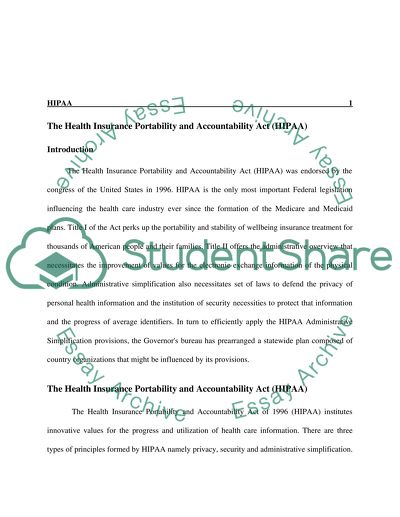Cite this document
(The Health Insurance Portability And Accountability Act Research Proposal, n.d.)
The Health Insurance Portability And Accountability Act Research Proposal. https://studentshare.org/politics/1524805-the-health-insurance-portability-and-accountability-act
The Health Insurance Portability And Accountability Act Research Proposal. https://studentshare.org/politics/1524805-the-health-insurance-portability-and-accountability-act
(The Health Insurance Portability And Accountability Act Research Proposal)
The Health Insurance Portability And Accountability Act Research Proposal. https://studentshare.org/politics/1524805-the-health-insurance-portability-and-accountability-act.
The Health Insurance Portability And Accountability Act Research Proposal. https://studentshare.org/politics/1524805-the-health-insurance-portability-and-accountability-act.
“The Health Insurance Portability And Accountability Act Research Proposal”. https://studentshare.org/politics/1524805-the-health-insurance-portability-and-accountability-act.


